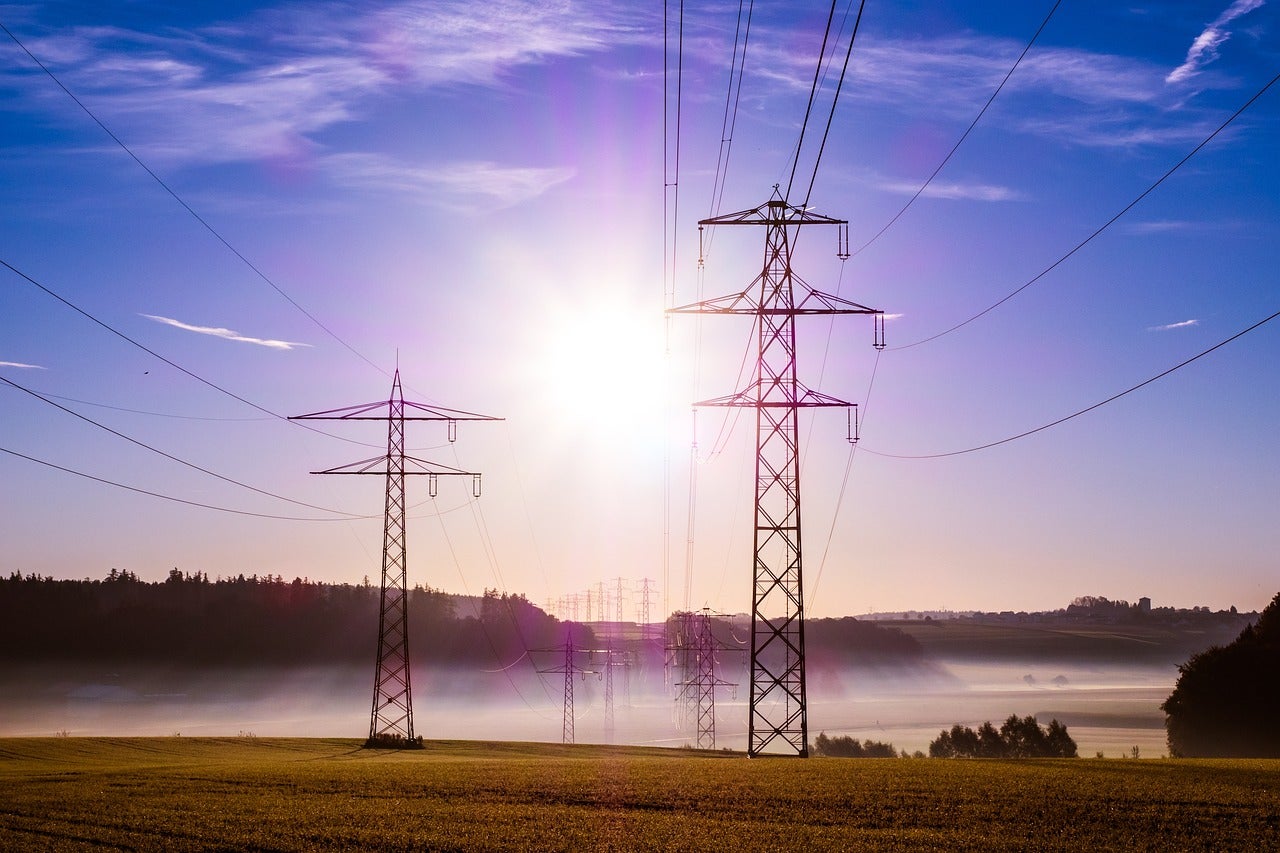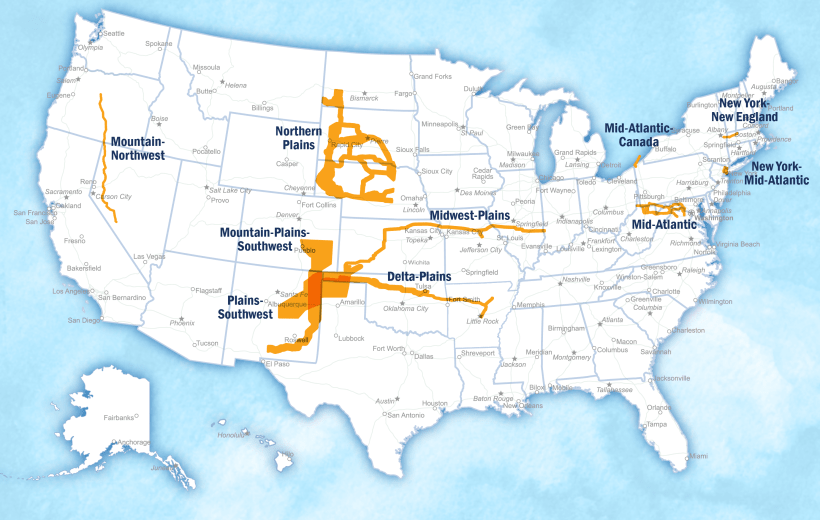Many of us don’t realize how much of our livelihoods depend on a reliable electricity grid, until we lose power in a blackout or outage.
For many communities across the country, that is becoming a more common occurrence as we experience more frequent and severe storms and heat waves worsened by climate change. Just last week, nearly 200,000 people across several midwestern and southern states lost power after a blitz of tornadoes and thunderstorms.
This extreme weather threat is amplified by outdated grid infrastructure and increasing electricity demand.
One essential solution to meeting these challenges – and driving meaningful progress toward a clean energy future – is building a more modern, reliable and clean grid. This is exactly what the Biden administration and the Federal Energy Regulatory Commission (FERC) are doing with a suite of grid-strengthening actions over the last month.
Here’s what you should know about these latest actions and why they matter:
FERC releases rules to accelerate the buildout of a 21st century electric grid
FERC, an independent agency that regulates the interstate transmission of electricity, issued two rules that aim to speed and strengthen the buildout of a modern and reliable electric transmission system across the country.
Our power grid is at the heart of a clean energy economy, as electric cars, trucks, buses, and buildings increasingly rely on clean electricity. One key issue, though, is that we currently aren’t connecting and delivering new clean power fast enough because of a lack of electric transmission lines. Case in point: Despite record growth in clean energy installations in 2023 spurred by President Biden’s Inflation Reduction Act, recent growth in new transmission has only been 1% – far from the pace needed to reach our climate goals.
Transmission buildout has been slow, in part, because many regional planning processes are siloed, states often disagree on who pays for new transmission lines, and planning rarely fully considers future electricity grid developments and scenarios, including increasing renewables and storage.
The lack of sufficient transmission lines has also increased ratepayer bills by more than $20 billion and contributed to blackouts during extreme weather events, including Winter Storm Uri, Winter Storm Elliot, and summer heat waves.
What the FERC rules will do: At a high level, these rules will make transmission planning more efficient, forward-looking and better coordinated across states and power companies while ensuring meaningful engagement with communities.
- The Transmission Planning and Cost Allocation Rule will require transmission planning regions to use a 20-year planning horizon that considers how the electric system may change over that period, including retirements of existing generators and development of new generators and storage resources, demand driven by electrification of vehicles and buildings, and changing weather patterns.
- The Interstate Transmission Siting Rule will create a process to ensure that interstate transmission projects with broad benefits are not delayed or blocked by a single state.
The Department of Energy proposes corridors for ‘transmission highways’
DOE is doing its part to ramp up transmission buildout, announcing a preliminary list of 10 federal corridors for multi-state, high-voltage transmission lines. These corridors will be key to delivering affordable clean energy from areas where it is plentiful – like the sun-soaked solar farms in the Southwest or offshore wind farms in the Northeast – to areas around the country where it’s needed the most.
What DOE’s proposal will do: DOE picked these 10 potential geographies as National Interest Electric Transmission Corridors (NIETCs) because these are areas where consumers are most affected by high electricity costs and reliability concerns, brought on by a lack of transmission capacity. By leveraging its authority granted under the Bipartisan Infrastructure Law, DOE can expedite and streamline the process for building much-needed interstate transmission projects in these areas, without compromising on environmental reviews or community engagement.
New federal-state initiative ramps up cutting-edge grid solutions
In addition to building new transmission lines, there are other ways to modernize our electric grid right now, like leveraging new cutting-edge technologies. That is why the Biden administration launched a new Federal-State Modern Grid Deployment Initiative with commitments from 21 states to do just that.
Currently, 70% of transmission lines are over 25 years old and approaching the end of their life cycle. Deploying innovative grid technologies, like high-performance conductors and sensors that monitor real-time conditions, can bolster the capacity of our power grid and more effectively meet demand from homes and businesses without requiring new transmission lines. This is a win-win-win for lowering ratepayers’ energy bills, unlocking more clean power that curbs pollution and creating good-paying jobs building out a modern power grid.
What this federal-state initiative will do: Working in partnership with federal officials, states will deploy modern grid solutions that expand affordable, reliable and clean power on both existing and new transmission lines. DOE and the U.S. Climate Alliance are providing a host of policy, technical and analytical assistance to help participating states and stakeholders carry out these commitments.
–
These recent actions to bolster our grid arrive on the heels of strong new EPA protections announced in April that will reduce toxic air pollution and climate-heating pollution from our nation’s fossil fuel power plants. Furthermore, this work builds on the wave of new job-creating clean energy projects generated by the Inflation Reduction Act and Bipartisan Infrastructure Law.
Taken together, this suite of federal action is supercharging progress toward a clean energy future across the country, by bringing more wind, solar and battery storage onto our grid, helping us secure a safer climate for our communities, strengthening our resilience to extreme weather, creating healthier air and lowering energy bills.
The bottom line: This is all good news for everyone who depends on a reliable and resilient electric grid to power their homes and businesses.











